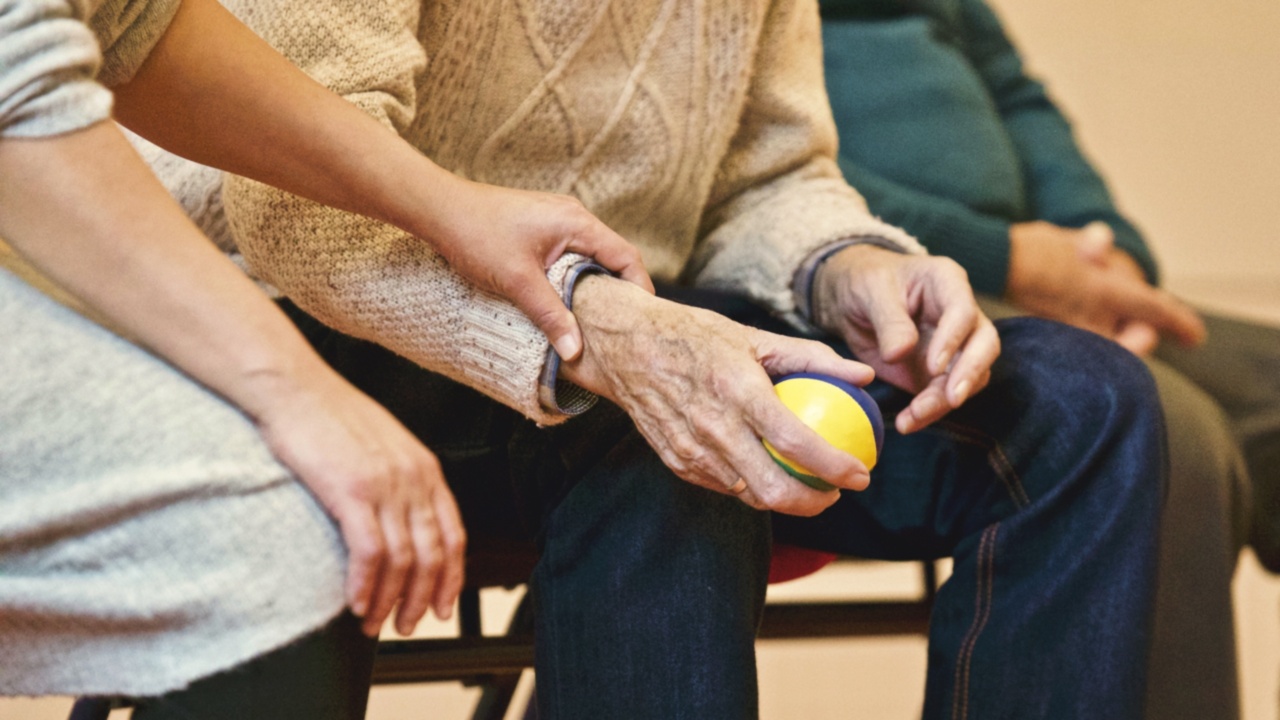Mold thrives in humid, damp environments and can grow almost anywhere in your house, including the basement, bathroom, and kitchen. While some types of mold are harmless, others can cause serious health problems.
Here’s what you need to know about the health effects of mold in your home.
1. Respiratory Problems
Exposure to mold can lead to a variety of respiratory problems, including coughing, wheezing, and difficulty breathing. For people with asthma, mold can trigger attacks and make symptoms worse.
Mold can also cause allergies, leading to sneezing, runny nose, and itchy eyes.
2. Skin Irritation
In some cases, mold can cause skin irritation, such as a red rash. This is often the result of direct contact with mold, such as when handling contaminated items or breathing in mold spores.
3. Headaches
Mold exposure can lead to headaches, both mild and severe. One study found that nearly one-third of people with chronic headaches had mold in their homes.
4. Fatigue and Weakness
Exposure to certain types of mold can cause fatigue, weakness, and even flu-like symptoms such as body aches and fever. This is often the result of inhaling toxic mold spores, which can have a debilitating effect on the body.
5. Neurological Symptoms
In rare cases, mold exposure can lead to neurological symptoms such as tremors, confusion, and dizziness. This is often the result of exposure to mycotoxins, which are produced by some types of toxic mold.
Mycotoxins can have a profound effect on the nervous system, leading to a variety of symptoms.
6. Immunocompromised Individuals
Individuals with weakened immune systems, such as those with HIV/AIDS or cancer, are at greater risk of developing serious health problems from mold exposure. This is because their bodies are less able to fight off infection and toxic substances.
7. Infants and Children
Infants and children are also at greater risk of health problems from mold exposure. This is because their immune systems are still developing, and they are more likely to breathe in mold spores due to their smaller size.
8. Severe Reactions
In rare cases, mold exposure can lead to severe allergic reactions, known as anaphylaxis. This is a medical emergency that requires immediate attention, as it can be life-threatening.
Preventing Mold in Your Home
The best way to prevent mold in your home is to keep it dry and well-ventilated. This includes repairing leaks, using exhaust fans in the bathroom and kitchen, and using a dehumidifier to keep humidity levels low.
It’s also important to clean up spills and dry wet areas within 24-48 hours to prevent mold from growing.
If you do find mold in your home, it’s important to clean it up as soon as possible. This can often be done with a solution of bleach and water, or by hiring a professional mold remediation company.
Conclusion
Mold can have serious health effects, especially for those with respiratory problems, compromised immune systems, and children. By keeping your home dry and well-ventilated, you can help prevent mold from growing and keep your family healthy.





























